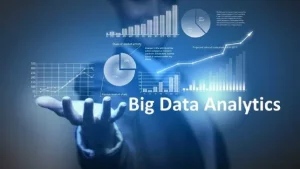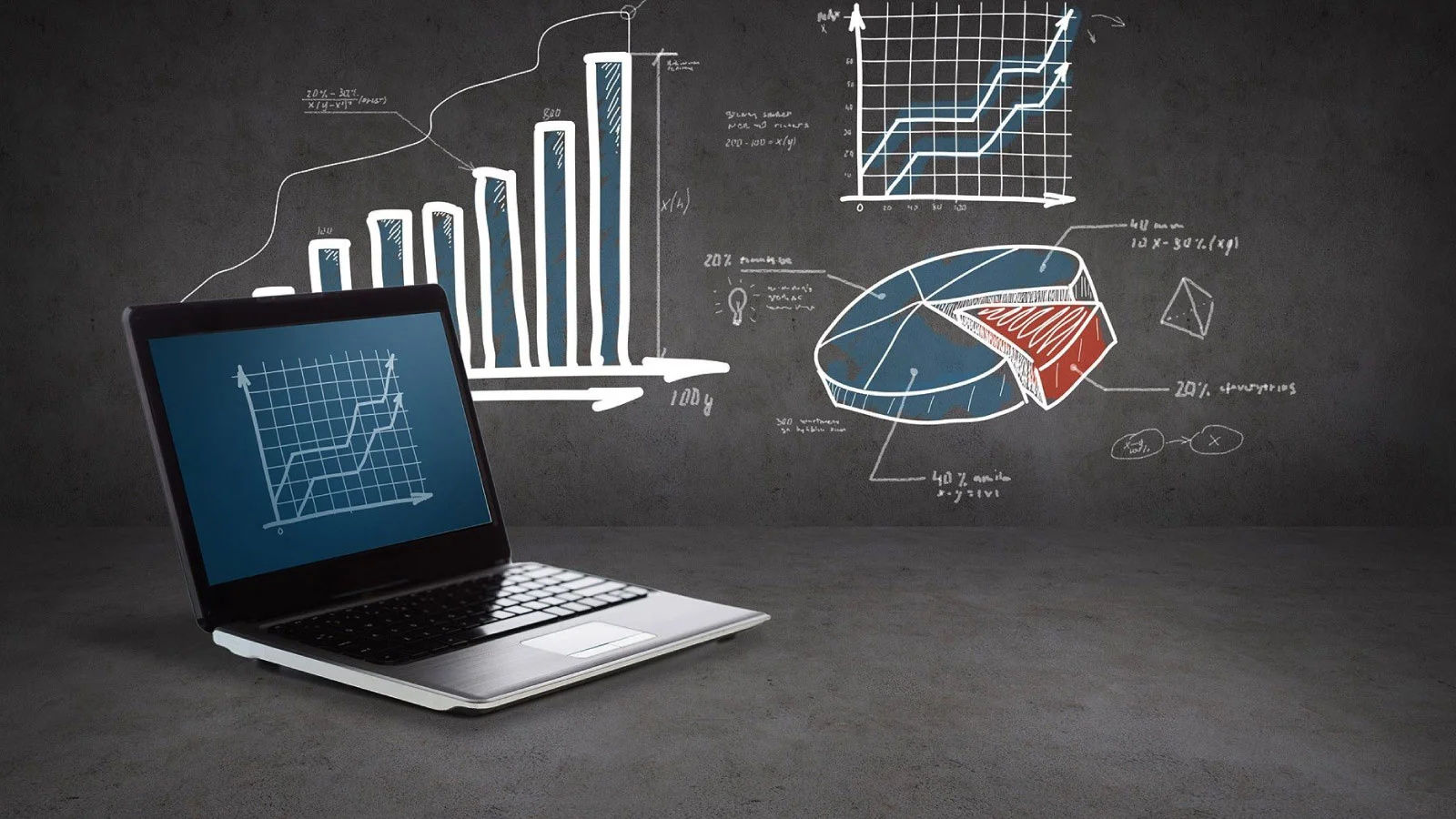Data analytics is becoming a crucial part of modern businesses, governments, and even our daily lives. It’s all about turning numbers and information into meaningful insights that help organizations understand what’s happening and how to improve. In 2024, data analytics continues to evolve rapidly with new trends, making it even more useful. This article explores the latest trends in data analytics, their benefits, and real-world examples to help you understand why they matter.
Latest Data Analytics Trends in 2024

1. AI-Powered Analytics
AI-powered analytics uses artificial intelligence (AI) to quickly analyze large amounts of data and find patterns. AI can automatically process data, find insights, and even make recommendations based on those insights.
Example:
- Think about Netflix—it uses AI to understand your preferences and suggest movies or shows you’re likely to enjoy.
Why It’s Important:
- AI-powered analytics is fast and highly accurate, helping businesses understand customers better, predict what they might like, and improve services. It’s like having a super-smart assistant that helps companies make smarter decisions.
2. Augmented Analytics
Augmented analytics is designed to help anyone, not just experts, understand data. It uses AI to make the data analysis process simpler, enabling more people within an organization to gain insights.
Example:
- Companies like Salesforce offer tools that let salespeople see patterns in customer behavior without needing to be data experts.
Why It’s Important:
- It makes data easy to understand for everyone, leading to quicker decisions and broader use of data across different teams in a company.
3. Real-Time Analytics

Real-time analytics is all about getting insights as soon as the data is available. Imagine seeing what’s happening live and making decisions right away, just like during a sports game when the coach adjusts strategies based on current performance.
Example:
- Uber uses real-time analytics to connect riders and drivers efficiently. It ensures that you get a ride quickly, with fair pricing and less waiting time.
Why It’s Important:
- It helps organizations respond immediately to changes, whether it’s managing traffic during peak hours or restocking shelves when a product is selling out.
4. Predictive and Prescriptive Analytics
Predictive analytics forecasts what is likely to happen based on past data, while prescriptive analytics goes a step further by suggesting actions to achieve specific goals.
Example:
- Amazon uses predictive analytics to anticipate what customers might buy, allowing them to manage inventory efficiently and speed up delivery times.
Why It’s Important:
- It’s like having a crystal ball that not only predicts the future but also tells you what to do next. Businesses can reduce risks, plan better, and make proactive decisions.
5. Big Data Analytics in the Cloud

Cloud-based analytics allows businesses to handle large data sets over the internet, making it faster and cheaper to store and analyze data.
Example:
- Platforms like Google Cloud’s Big Query help companies analyze huge amounts of data quickly, leading to faster decision-making.
Why It’s Important:
- The cloud makes data analytics more affordable, flexible, and collaborative. Businesses of all sizes can access the same tools and insights as large corporations.
6. Data Democratization
Data democratization means making data accessible to everyone within an organization, not just the IT or data teams.
Example:
- At Spotify, employees from different departments can access data to create better playlists, improve marketing campaigns, and enhance user experiences.
Why It’s Important:
- This approach encourages everyone to use data in their roles, making the entire organization smarter and more responsive to customer needs.
7. Data Privacy and Compliance

With more data being collected, privacy regulations like GDPR (Europe) and CCPA (California) ensure that data is used responsibly.
Example:
- Apple has introduced features that let users decide what data to share while still providing personalized services.
Why It’s Important:
- Protecting user privacy is critical. Businesses that ensure data safety and transparency build trust with customers and avoid legal troubles.
Benefits of Embracing Data Analytics Trends
- Better Decision-Making: Access to real-time insights helps businesses make faster and more accurate decisions.
- Increased Efficiency: Automated data processing reduces manual work, saving time and resources.
- Improved Customer Experience: Personalized recommendations, quick response times, and tailored solutions make customers happier and more loyal.
- Reduced Risks: Predictive analytics helps businesses prepare for challenges by spotting potential problems before they become major issues.
- Enhanced Productivity: With augmented analytics and data democratization, more employees can contribute insights, leading to better teamwork and innovation.
Case Studies: Real-World Applications
AI-Powered Analytics in E-commerce
A major e-commerce brand implemented AI analytics to track customer interactions and optimize product recommendations. This led to a 30% increase in customer satisfaction and a 20% boost in sales within six months.
Real-Time Analytics in Healthcare
Hospitals are using real-time analytics to monitor patient vitals, predict potential health risks, and alert medical teams immediately. One hospital saw a 40% reduction in emergency response time thanks to real-time data monitoring.
Augmented Analytics in Banking
A leading bank introduced augmented analytics tools that enabled customer service teams to offer personalized financial advice. As a result, customer satisfaction ratings improved by 25% within a year.
Conclusion
Data analytics is rapidly evolving, with AI, real-time analysis, cloud solutions, and privacy measures leading the way in 2024. These trends not only make businesses smarter but also help them deliver better services and products to their customers. By staying updated with these developments, organizations can leverage data for better decision-making, customer experiences, and overall performance.
As data continues to play a pivotal role in shaping the future, keeping pace with these trends will be essential for both businesses and individuals looking to harness the power of data for growth and success.




